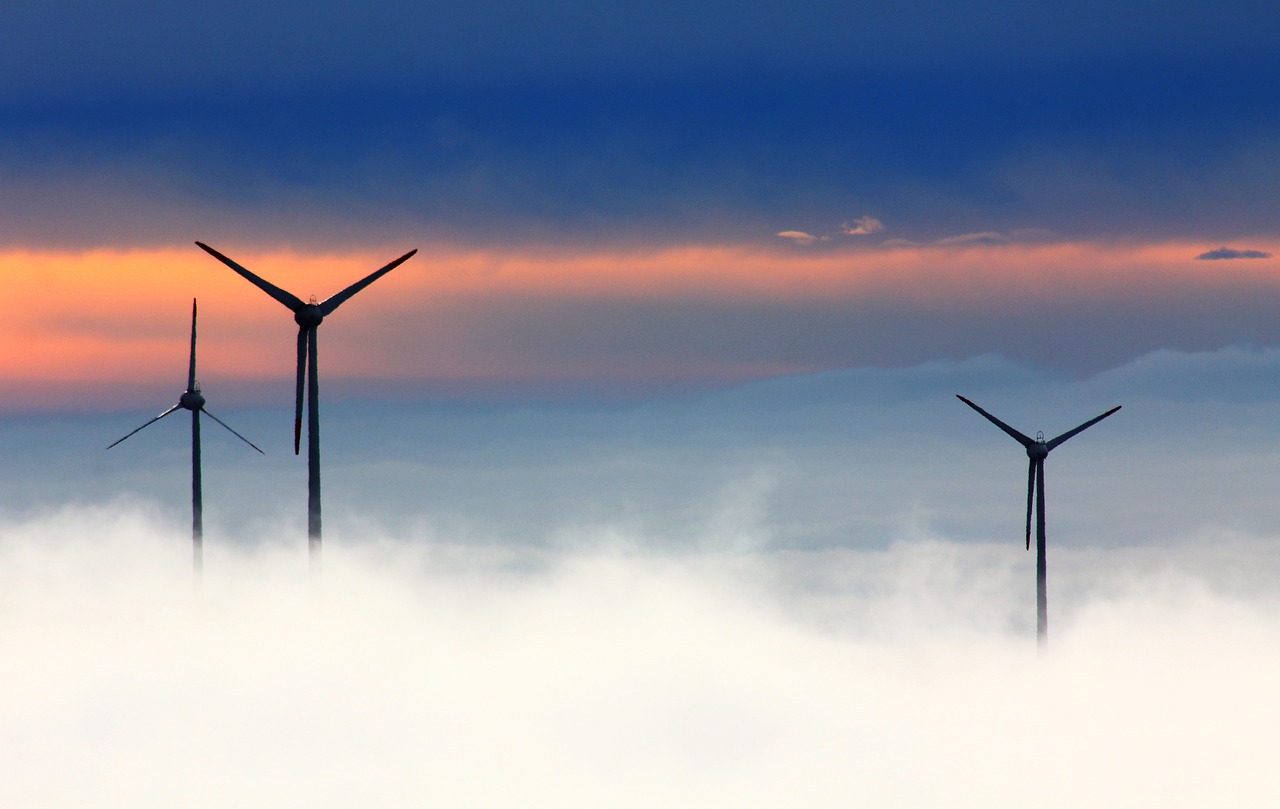The opening of the Burbo Bank farm consolidates the UK’s place as a world lead in offshore wind.
The UK is a world leader in offshore wind. The Global Wind Energy Council notes that the UK comprises 36% of the global installed capacity. Although 88% of the world’s capacity is focused on eight European nations, this is nonetheless a monumental achievement.
While Danish giants such as Vestas and Dong Energy have played a leading role in the development of the offshore technologies, the UK has worked hard to install and increase the capacity of the offshore market, creating jobs and prosperity in the process.
The UK has 29 wind farms (30 with the construction of Burbo Bank) which provides 5% of the country’s electricity needs. The target is to hit 10% by 2020.
Dong is the star of the UK offshore wind sector however other players include Innogy and EDP Renewables. The investment in offshore is helping to cut costs however the UK still has a problem with onshore developments despite the extensive falls in the cost of providing electricity via wind.
In 2015 the Conservative government cut onshore subsidies, however there are signs that Theresa May could reverse this policy. In Scotland the onshore industry has served as a major tool for job creation and there are hopes that the success of offshore could be replicated.
2017 is likely to be a critical year for the sector as costs fall, public opposition falls and the political climate moves towards an acceptance of balancing the UK’s energy mix with clean and cost efficient energy sources.

Be the first to comment on "Why Burbo Bank confirms the UK’s place as an offshore leader"